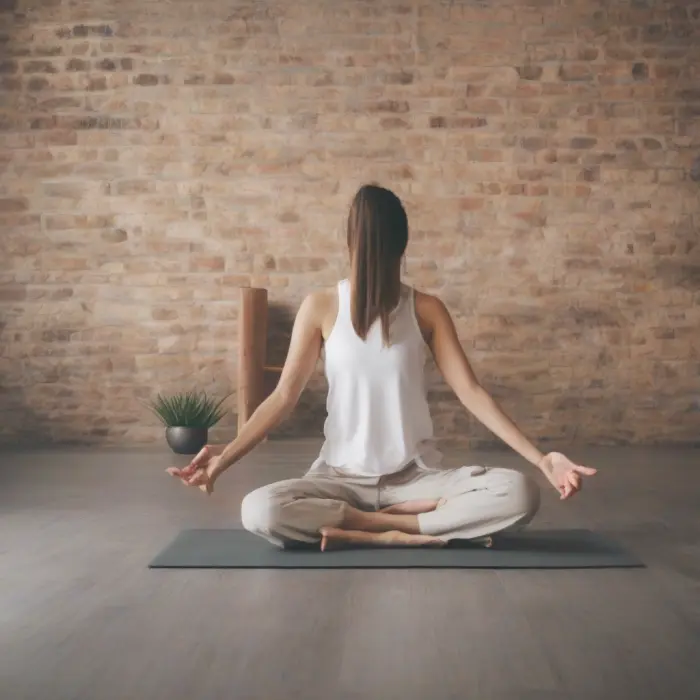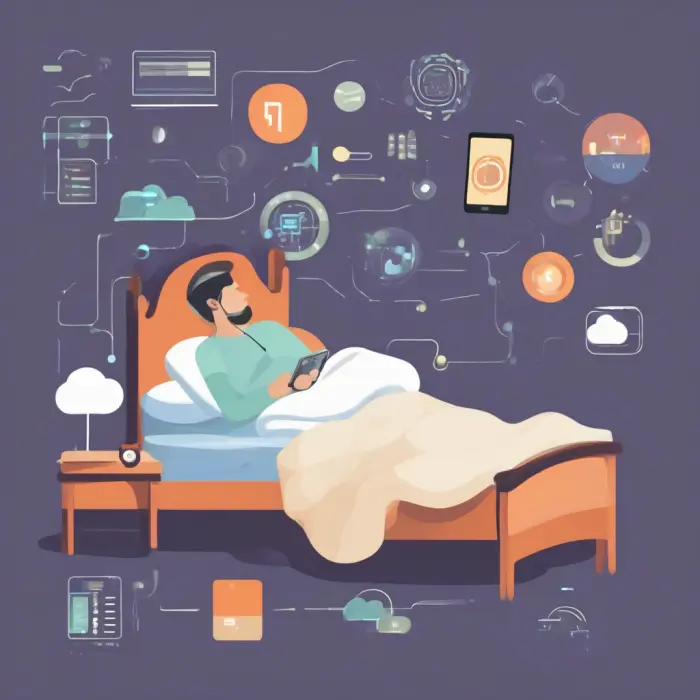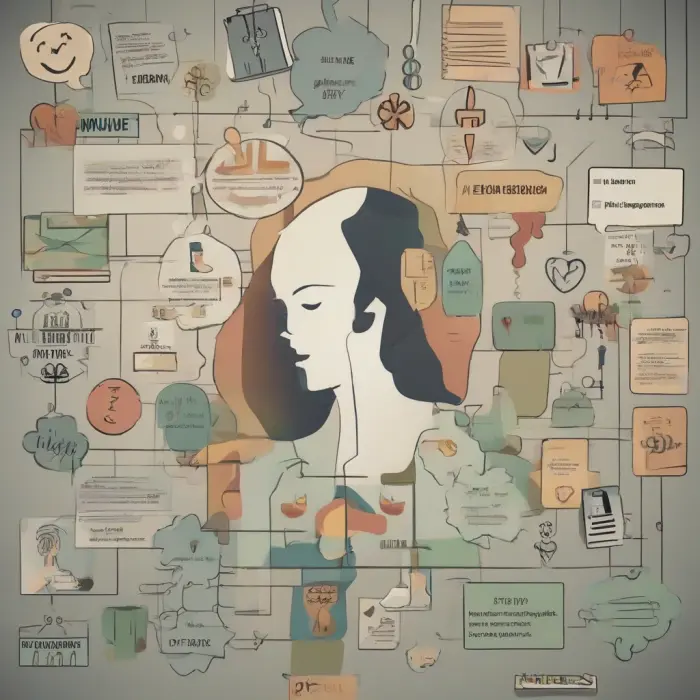The Impact of Technology on Sleep and Strategies for Better Rest
Modern life is intertwined with technology. From the moment we wake up to the moment we settle down to sleep, we are constantly engaged with an array of devices. While technology has undeniably brought about significant conveniences and advancements, one area where it might be more of a hindrance than a help is sleep.
The Negative Effects of Technology on Sleep
Use of technology, particularly at bedtime, can significantly impact our sleep in a variety of ways. The most concerning effects of technology on sleep include:
Blue Light Emission
Digital screens, like those on televisions, computers, smartphones, and tablets, emit a blue light that can interfere with the production of melatonin, the sleep-inducing hormone. This means that prolonged exposure to screens before bedtime can make it more difficult to fall asleep.
Stimulation
The content we consume on technology can also stimulate our minds, making it more difficult to unwind and sleep. Watching an intense movie, playing an exciting video game, or scrolling through social media can all elevate stress and anxiety levels, which in turn can cause sleep disturbances.
Strategies for Better Rest
Although technology can negatively impact sleep, there are strategies we can employ to mitigate these effects and promote better rest:
Digital Curfew
Setting a digital curfew, a time each evening when all electronic devices are turned off, can help prepare the body for sleep. Experts recommend disconnecting from technology at least an hour before bedtime to allow your body to produce adequate melatonin.
Use of Blue Light Filters
Blue light filters can be added to screens to reduce the amount of blue light emission. Many devices now have a built-in blue light reducing feature, or you can purchase wearable blue light glasses.
Bedtime Routine
Establishing a calming bedtime routine can signal to your body that it's time to sleep. This routine might include reading a book, meditating, or taking a warm bath. By swapping out screen-based habits with non-screen activities, you make it easier for your mind and body to prepare for sleep.
Creating a Sleep-Friendly Environment
Your environment plays a significant role in the quality of sleep you get. Make sure the room is dark, quiet, and cool. Avoiding the use of electronic devices in the bedroom can also help associate the room with sleep, not wakefulness.
Technology is an integral part of our lives, but its use needs to be managed carefully, especially around bedtime, to ensure it doesn’t disrupt our sleep. By understanding the impact of technology on sleep and adopting these strategies for better rest, you can enjoy the benefits of technology whilst maintaining a restful sleep.










